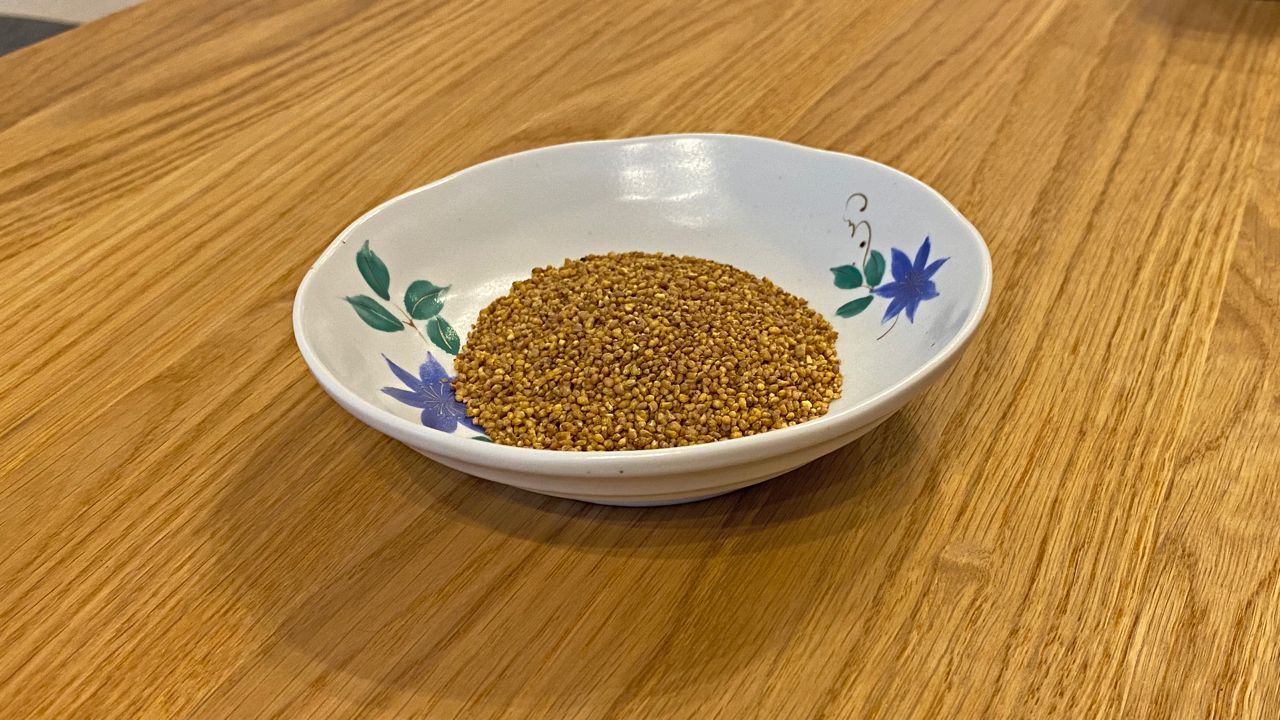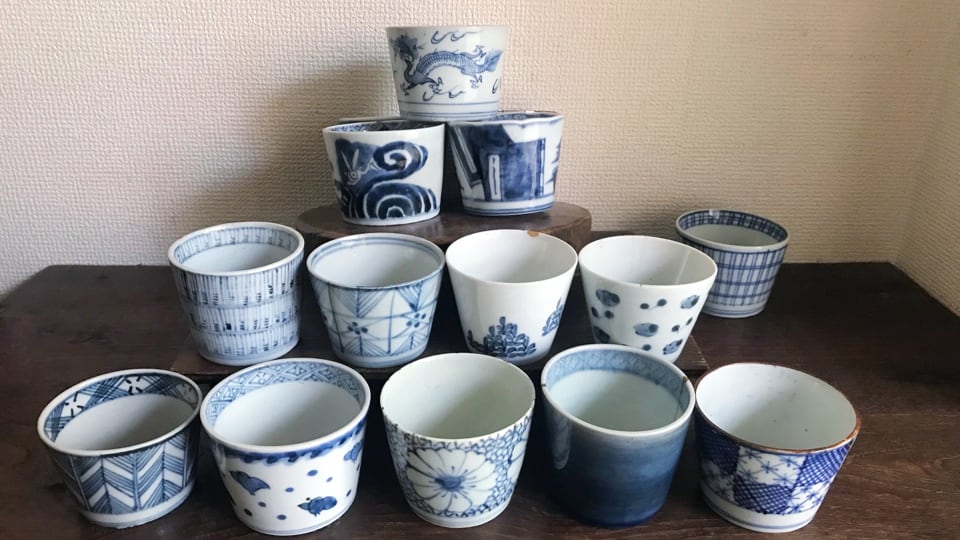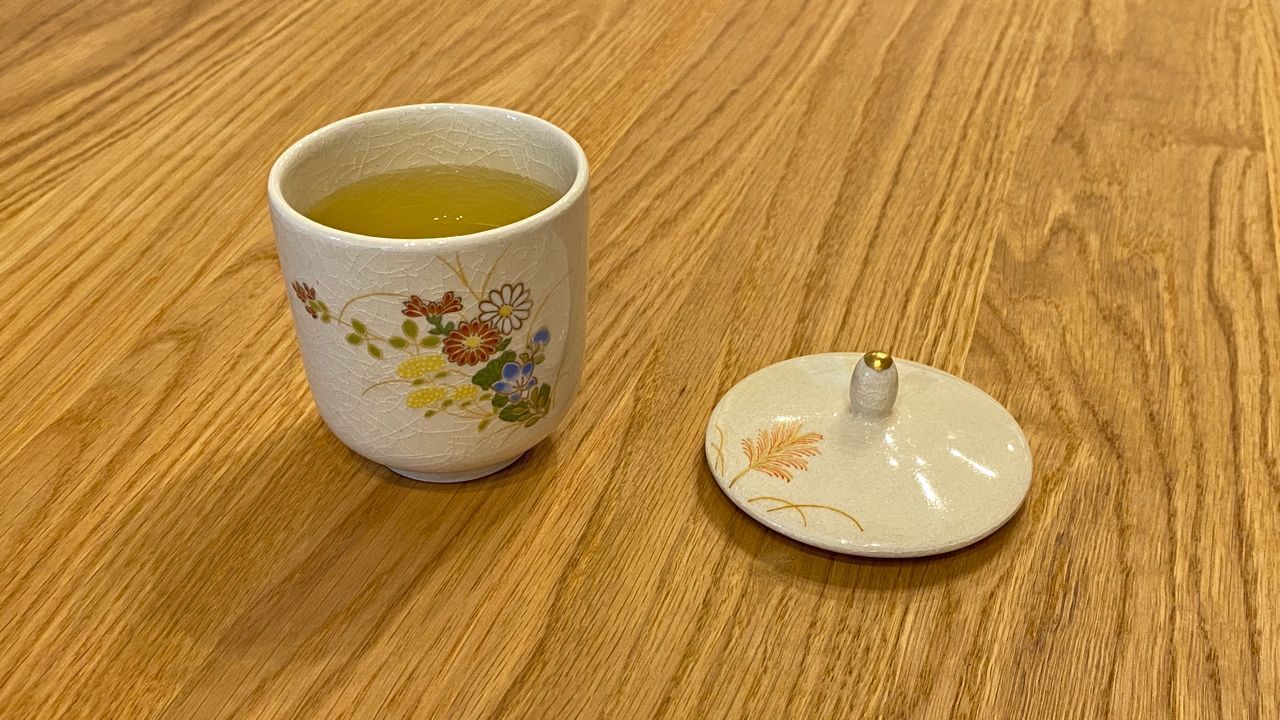May 2023 – Sobacha from Hokkaido
This month, we have selected a Sobacha (そば茶) from Hokkaido (北海道), which we presented to you before in August 2021.

Sobacha
Sobacha (そば茶) is often referred to as buckwheat tea in Japan, although it is not made from the tea tree. Rather, it is made by roasting buckwheat seeds, similar to the process used to make houjicha. Buckwheat is a cereal grain, and while it is commonly used in Japanese cuisine, Japan only produces 20% of the buckwheat consumed in the country. The remainder is mostly imported from China (50%), the USA (20%) and Russia (8%). Most of the buckwheat grown in Japan is produced in Hokkaido (43%), followed by Nagano and Tochigi.
The sobacha we present is 100% made in Japan and is made from the Dattan (韃靼) variety of buckwheat. It is carefully selected and cultivated organically in Hokkaido, which is known for its high-quality buckwheat. This sobacha is rich in rutin, which is a type of polyphenol that can help reinforce capillaries, restore them, or improve blood circulation. Rutin has been shown to help prevent lifestyle-related diseases such as cerebral stroke, high blood pressure, and diabetes. As a result of its high rutin content, once brewed this sobacha has a yellowish color and a slightly bitter taste, which some people find agreeable.

Small cup for Bukwheat noodles
Soba-choko (そば猪口) is a small porcelain bowl in the shape of a goblet, without a handle, that originated in the Edo period, around the 18th century. The bowl was originally known as "choku" or "choku" (猪口), which means "the mouth of a boar" in Japanese, due to its shape. However, it was actually created by ancient Koreans who came to Japan and brought with them their tea cups, known as "chyongku" in Korean. Over time, the Japanese adapted the Korean word "chyongku" to the Japanese word "choku" and used kanji to write it as 猪口. The name eventually evolved to "choko" over time.
Originally, choko were used as small dishes or sake cups. However, as buckwheat noodles began to be served with sauce separately, the choko was repurposed as a sauce cup for the noodles and was then called soba-choko. Although it is often associated with buckwheat noodle sauce, the soba-choko comes in many variations of motifs, including plants, animals, landscapes, geometries, and more. It measures 5 to 8cm in diameter and 5 to 6cm in height, making it an ideal size for various uses. It is not limited to buckwheat noodles and can be used in diverse circumstances such as a tea cup, a dish to serve food, a coffee cup, a sake cup, or even a wine glass.

Soba-chokos were originally produced in Arita (有田) and Imari (伊万里) in the prefecture of Saga (佐賀), on the island of Kyushu(九州), and mostly consisted of blue and white pottery. Today, soba-chokos are produced throughout Japan. Many soba-choko collectors can be found in Japan, including myself. When I find an ancient soba-choko with originality in antique shops or online auctions, I cannot help but add it to my collection.

Brewing Sobacha
To prepare Sobacha, the amount of tea used should be adjusted according to your preferred taste. Generally, it's recommended to use around 1 teaspoon (2 grams) of Sobacha for 200ml (7oz) of spring water. The tea should be steeped in boiling water for 2 to 3 minutes for the first infusion. For subsequent infusions, you can increase the steeping time.
You can enjoy Sobacha both hot or iced, depending on your preference!
